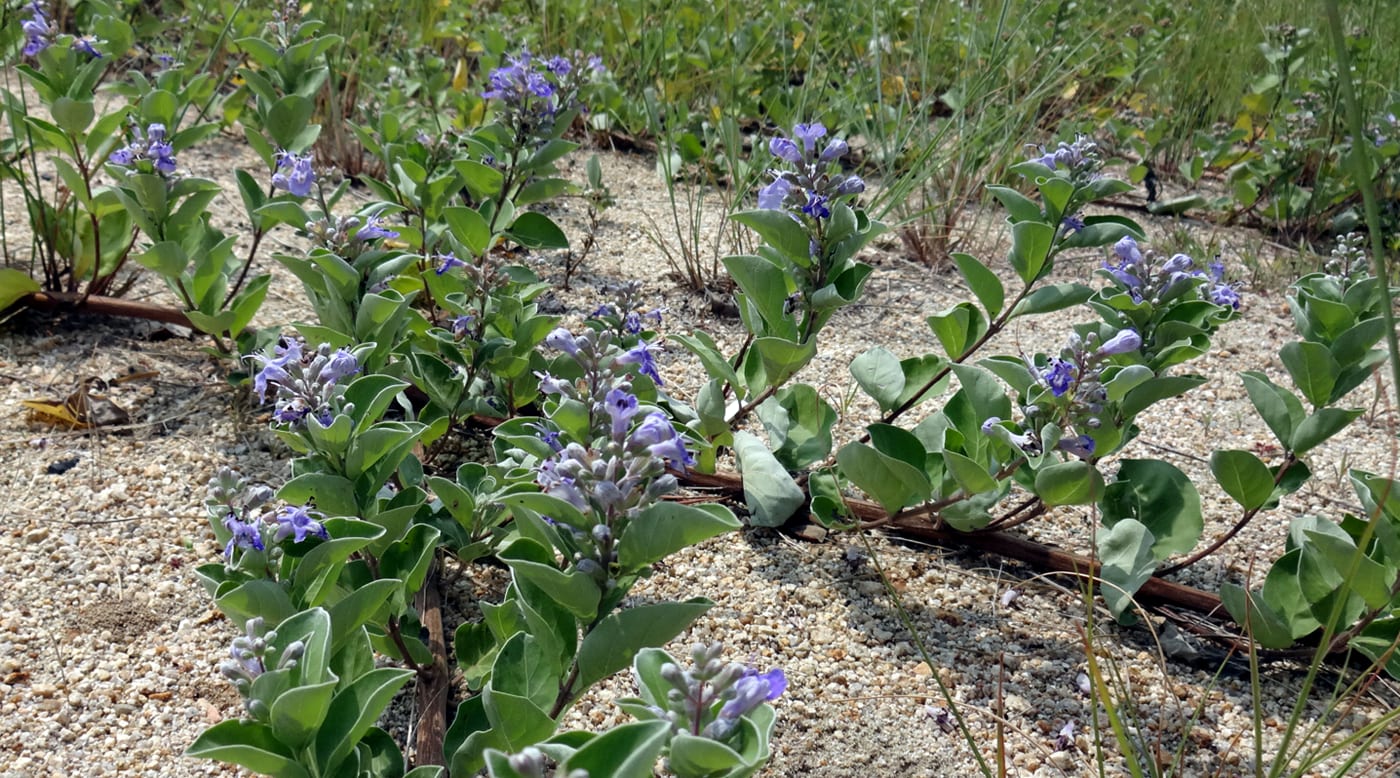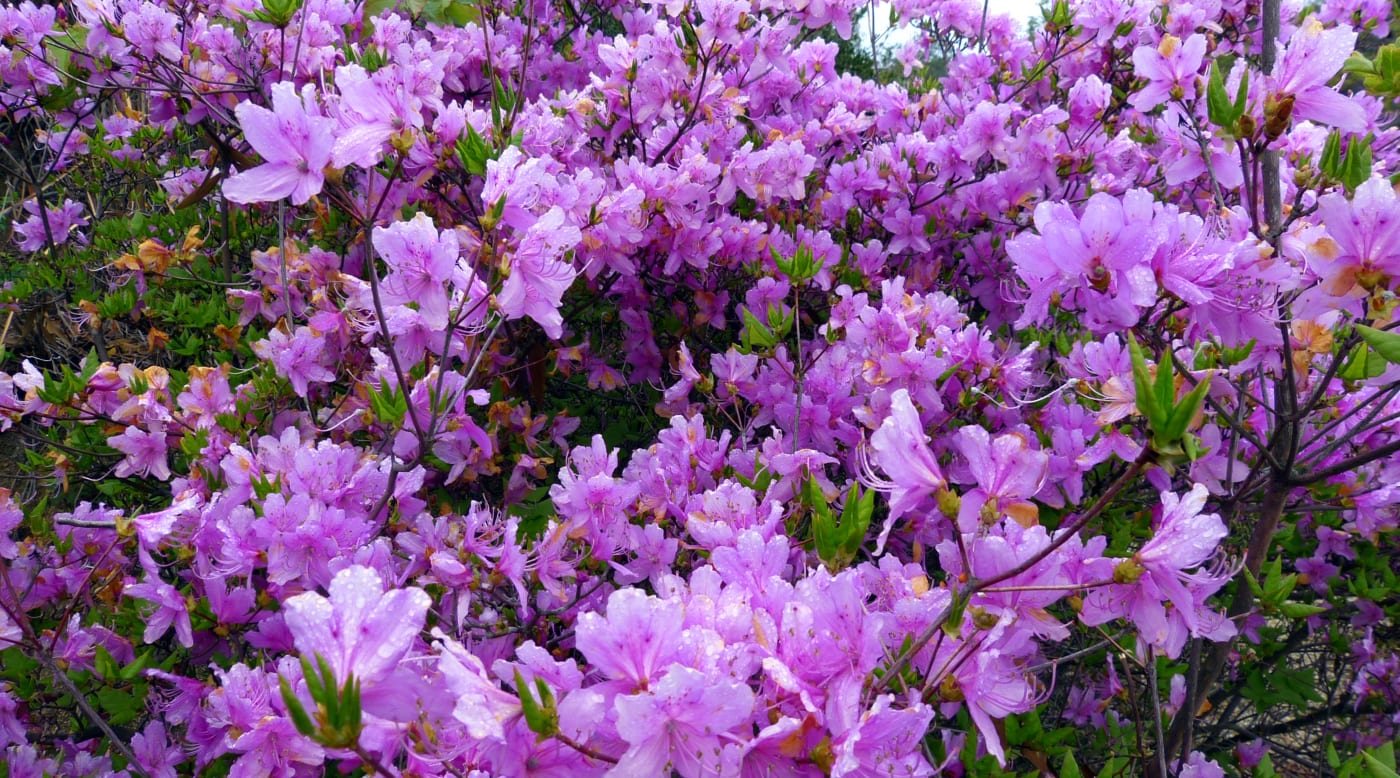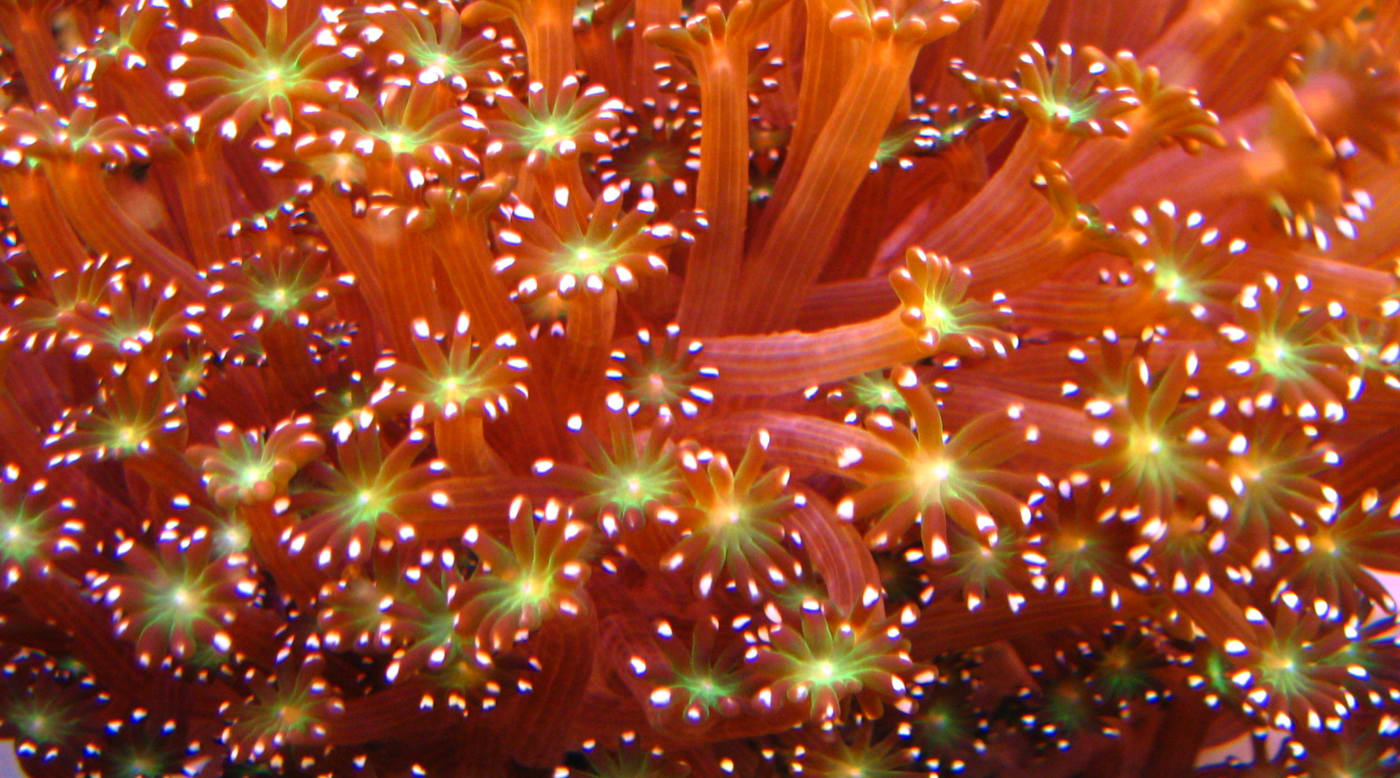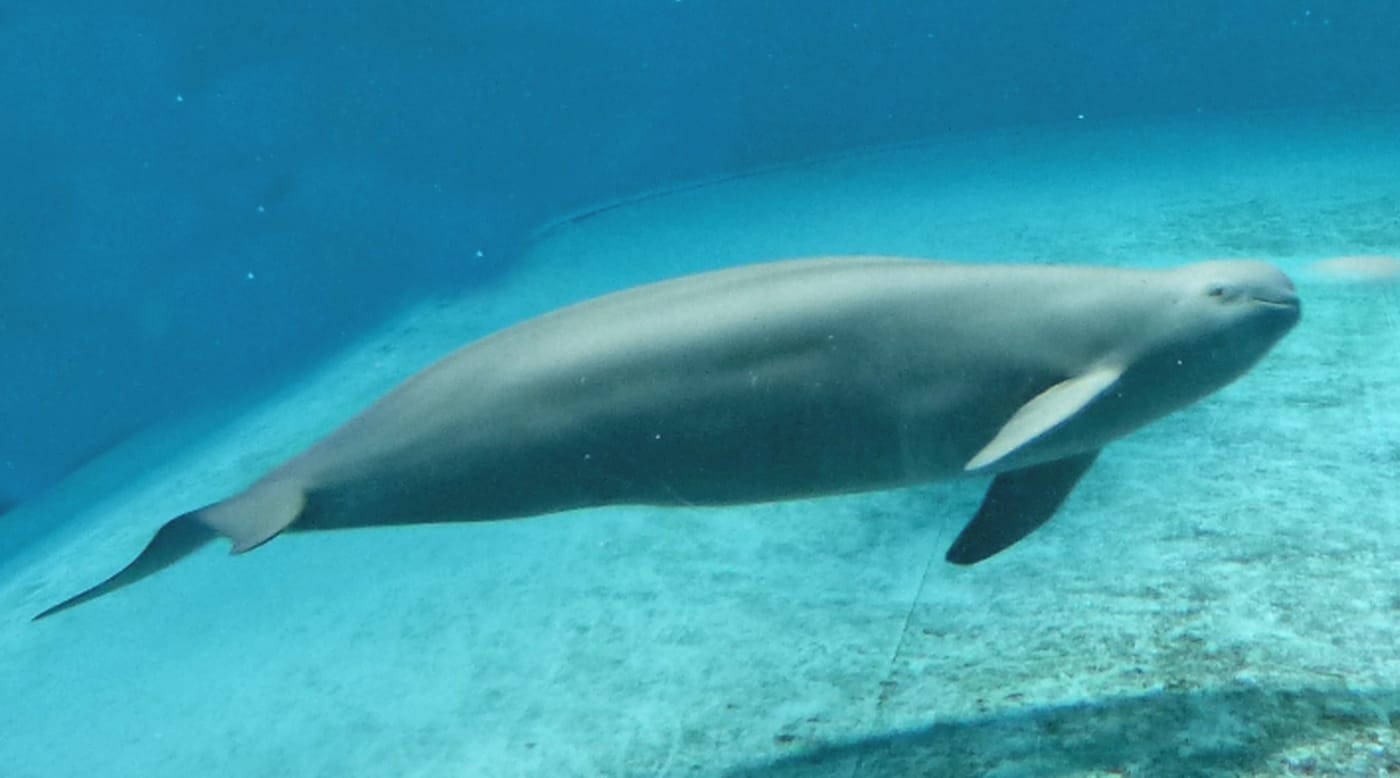The beaches, tidal flats and islands of Setonakai National Park nurture a rich mix of coastal plants and marine life. Coastal areas are dotted with Japanese red pine and jolcham oak, and flowering plants like the yellow petaled Hibiscus hamabo and roundleaf chastetree.
Creatures such as the Japanese horseshoe crab and the finless porpoise inhabit the park's waters. The Suo-Oshima area is home to the world's largest colony of Japanese daisy coral and is a designated Marine Park.






















